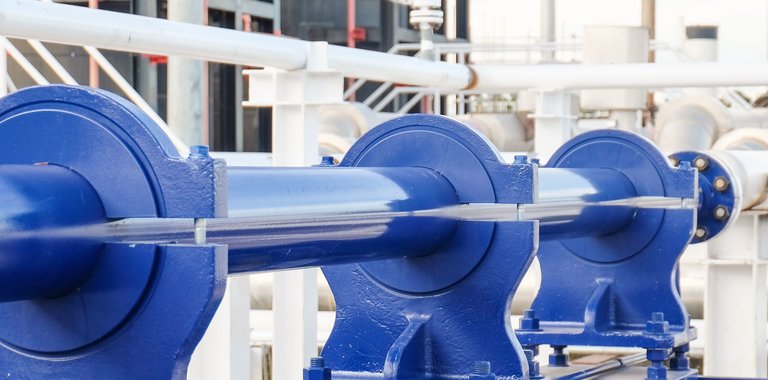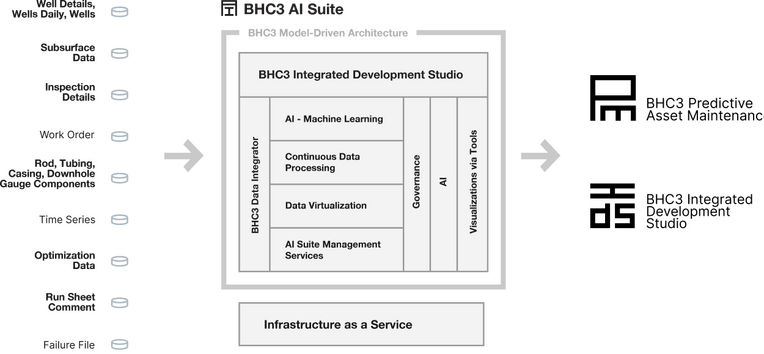
Improving Well Availability and Productivity
The unconventional natural gas production division of one of the world’s largest oil and gas producers delivers one million metric tons of liquid natural gas (LNG) annually to the Australian and international markets. Across three regions of Australia, the company maintains 3,000 coal seam gas wells equipped with progressive cavity pumps (PCPs) to produce LNG. Failure of the pumps at these wells accounts for over 70-80% of all wellsite failures and causes approximately 40 days of downtime per well annually.
These failures result in a high total cost-per-unit. The costs associated with well failures is the company’s second-largest operational spend. Using the BHC3™ Reliability application, the company is now able to predict pump failures 30 to 50 days in advance. This helps the company optimize maintenance crew deployment and replacement part preparation, thereby reducing costs.
About the Gas Producer
- Delivers 1 million metric tons of LNG to Australian and international customers annually
- Operations include more than 3,000 production wells, 24 field
compression stations, 6 central processing plants, 2 water
treatment plants and an LNG export facility
Building a BHC3 Predictive Asset Maintenance application
In the first phase, the joint team first ingested one year of historical data from 545 LNG wells, consisting of 10 billion rows of data, into a unified data model. The team built four machine learning models to predict well failures, including three different failure modes (rod, tubing and intake), and deployed the BHC3 Predictive Asset Maintenance application on the BHC3 AI Suite.
The second phase tested the models against an additional three years of real historical operating and failure data from a different group of 600 LNG wells. The machine learning models detected 642 failures, indicating an effective model to predict well failure.
In the final phase, the team field tested the application by loading daily information from a third set of 700 wells into the BHC3 AI Suite and generated a set of failure scores for those wells.
The application performed daily failure prediction for 28 days, generating a daily report that detected and predicted more than 50 confirmed well failures including plugged intakes, parted rods and tubing integrity failures.
Project Highlights
- 12-weeks training and validation phase and 4-week field trial
- Ingested 3 years of historical data and automated daily data integration for 1 month, comprising more than 10 billion rows of data into a unified, federated data image
- Built seven machine learning algorithms to predict three types of failure 30–50 days before failure with 90% recall
- Created 540 machine learning time-based features
- Configured BHC3 Predictive Asset Maintenance application including five interactive user interface screens
Results
90%
10
$60M USD
30-50
Solution Architecture

Proven results in weeks, not years

Take the next step
Speak with an expert
Talk to one of our AI experts about what BHC3 products can do for the energy sector.
Request a demo
See the BHC3 AI Platform in action and learn more about our applications.
Schedule a briefing
Meet the BHC3 team in person and see what it's like to work with us.
